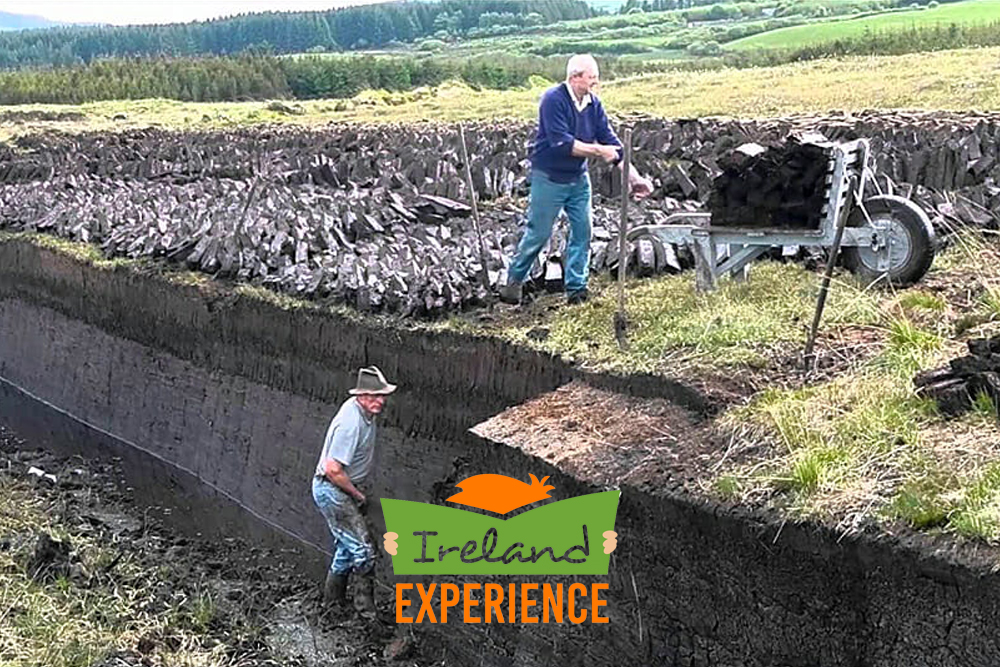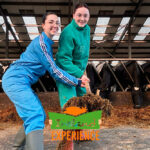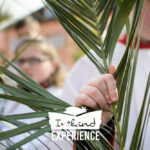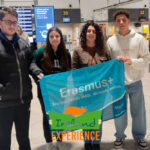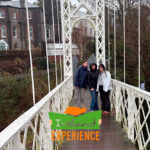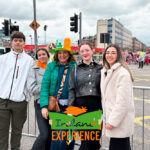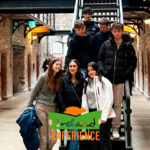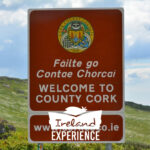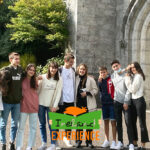Turf has been an important part of Irish culture and history, and it is still used today in many parts of the country. Turf, or peat, is a sedimentary deposit made up of partially decayed plants that has been harvested. It is cut from bogs, dried, and burned as a fuel source for heating and cooking.
For centuries, it has been the primary source of heat for homes in rural Ireland, particularly in the west of the country, when coal was scarce and expensive. It is seen as a symbol of Irish identity. In fact, the use of turf has inspired many famous Irish writers and artists.
However, the extraction and burning of turf releases significant amounts of carbon dioxide into the atmosphere. In 2018, the Irish government passed a law prohibiting the use of turf as a fuel source for homes. This law was implemented as part of Ireland’s efforts to reduce carbon emissions and promote a greener future. The ban has been met with mixed reactions from the Irish public. While some see it as a necessary step in reducing the country’s carbon footprint, others feel that it is a harsh blow to the rural communities.
In response to the ban, the government has launched several initiatives to help households transition to alternative, more environmentally friendly heating options. These include grants for insulation or renewable energy systems, and tax credits for those who make the switch.
For students studying English in Cork, the use of turf is a fascinating cultural experience. By visiting a bog and learning about the process of cutting and burning turf, students can gain a deeper understanding of the cultural significance of this traditional fuel source.
At Ireland Experience we offer our students a total immersion in the culture, history and customs of Ireland, and especially of Cork, a wonderful city. Contact us and join this great family.

